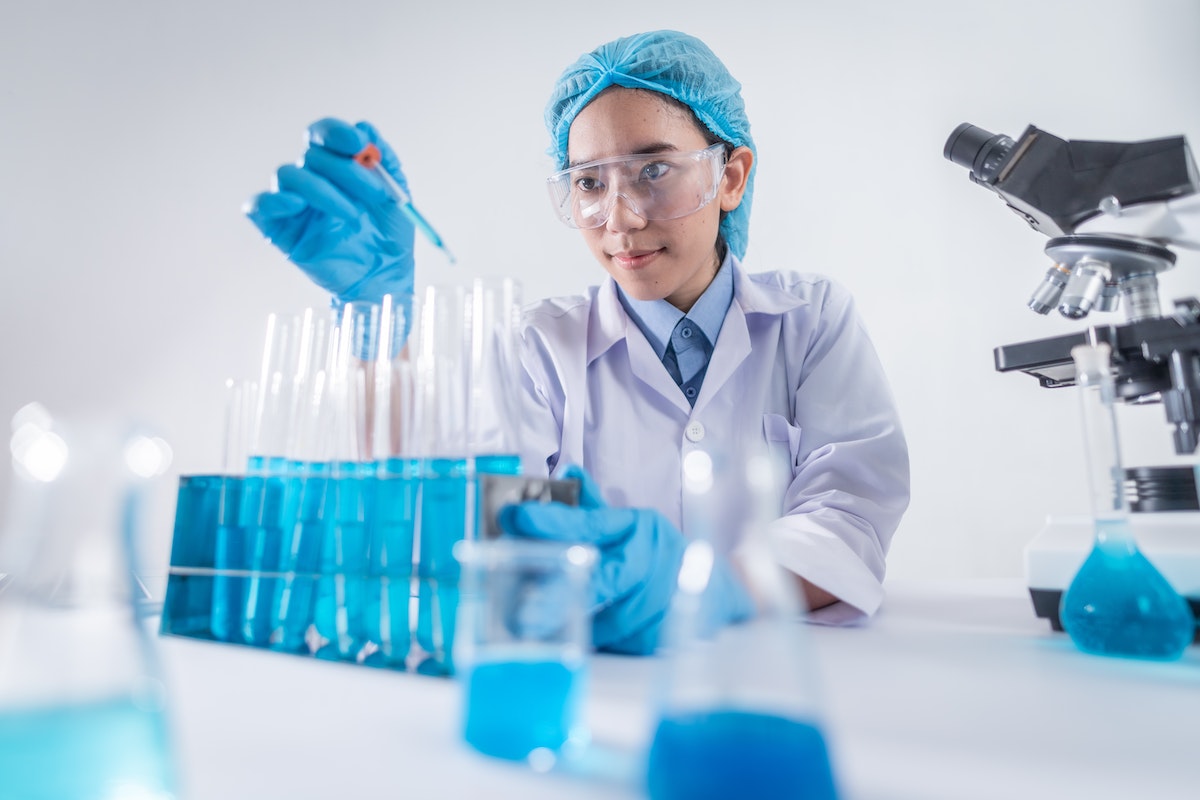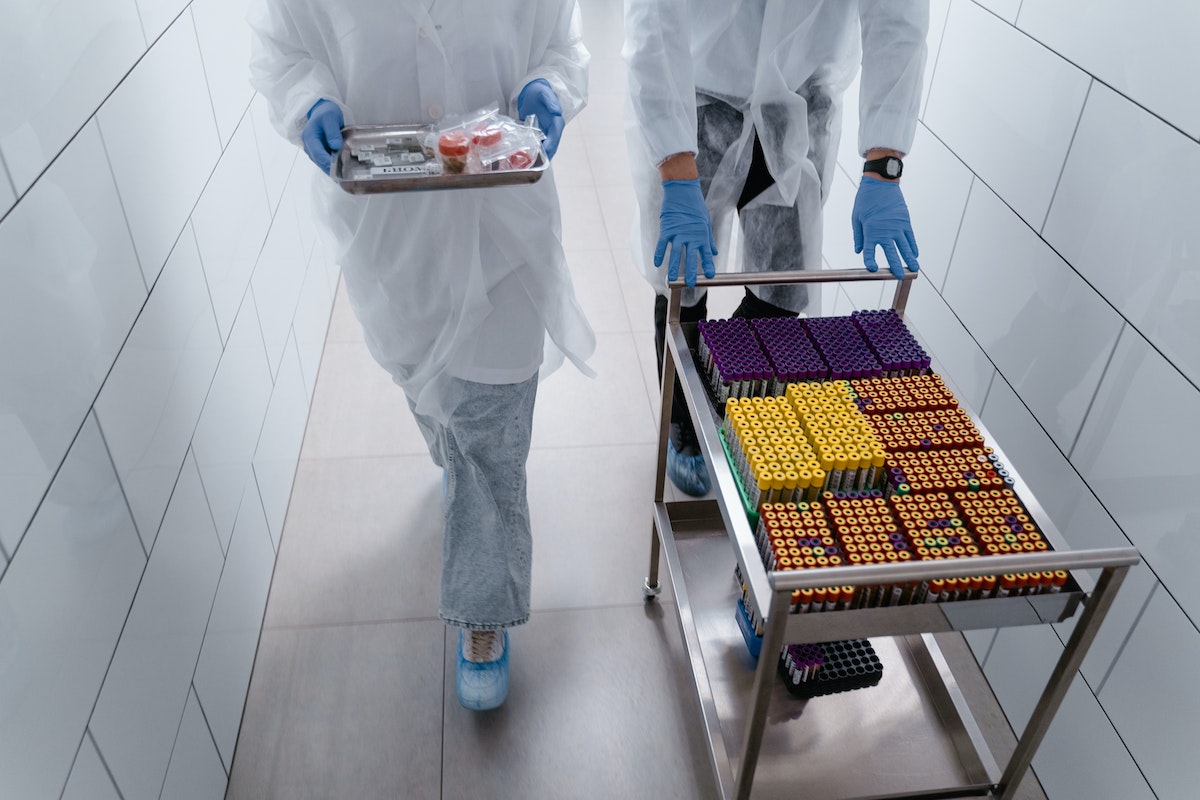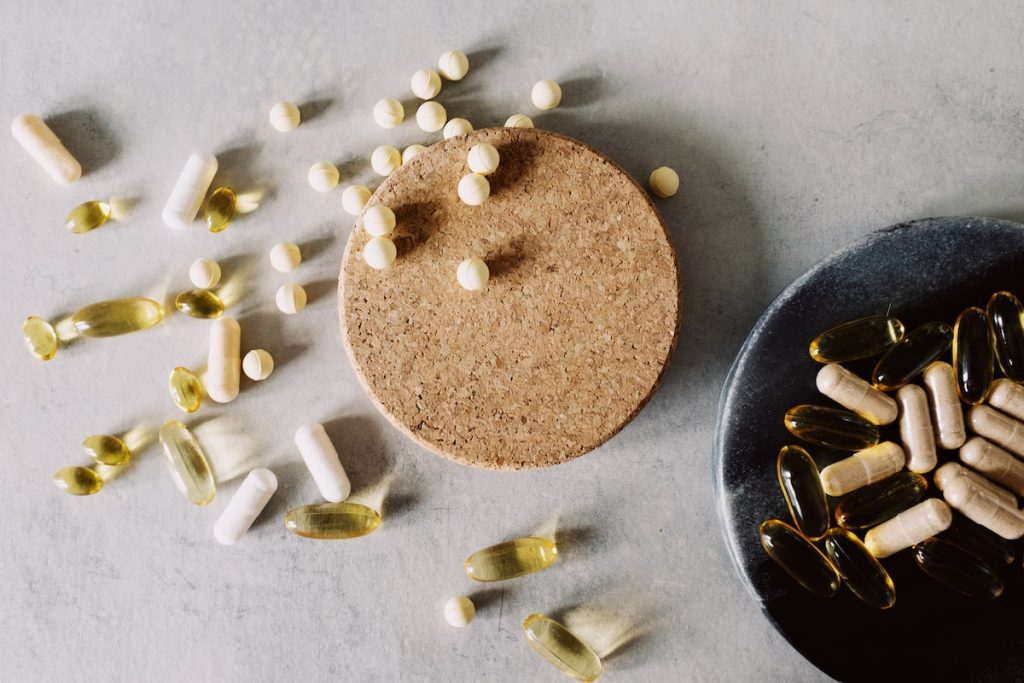- Pharmaceutical manufacturing involves multiple stages to ensure the safety and efficacy of drugs.
- Preformulation studies are conducted to understand better how active ingredients interact.
- Formulation development determines theactive ingredients’ appropriate dosage form, strength, and concentration levels.
- Active ingredient synthesis creates a mixture of active ingredients with excipients in order to produce a drug product.
- Product testing is conducted by regulatory bodies and internally within pharmaceutical companies.
Pharmaceuticals have been around since the 19th century, but the process of manufacturing them has changed drastically over time. From the use of chemicals to technology-driven methods, the way pharmaceutical companies create drugs is constantly evolving. This blog post will look at the different stages of manufacturing pharmaceutical products and how they’ve changed over time.
The Stages of Manufacturing Pharmaceutical Products
Manufacturing pharmaceutical products involves several stages that must be completed for a drug to be approved by regulatory bodies and put on the market.
These stages include preformulation studies, formulation development, active ingredient synthesis, product testing, packaging and labeling, and distribution. Each of these stages requires careful consideration and planning to ensure the drug meets the required standards. Here’s a closer look at each stage:
Preformulation Studies
In this stage, scientists conduct research to understand how active ingredients interact to ensure that a drug is safe for human consumption. During this stage, scientists also decide what type of drug delivery system should be used (e.g., tablet or capsule).
Formulation Development

During this stage, scientists develop formulations for drugs based on their pre-formulation studies. This includes determining the appropriate dosage form (i.e., pill or liquid) and the appropriate strength and concentration levels for the active ingredients in the drug.
Active Ingredient Synthesis
Once the formulation has been developed, it must be synthesized to create an actual product that can be tested and sold on the market. This stage involves creating a mixture of active ingredients with excipients (inactive ingredients) such as binders, fillers, lubricants, preservatives, etc., which are necessary for producing an effective drug product.
Product Testing
After production, it’s important to test drugs to ensure they are safe and effective before they are distributed to consumers. This includes trials conducted by regulatory bodies such as the FDA or EMA, as well as tests conducted internally within pharmaceutical companies themselves in order to ensure quality control standards have been met.
Packaging and Labeling
Once a drug has been approved, it must be packaged appropriately so that consumers can easily identify what it is and how it should be used safely. It’s also essential that all relevant information about a drug is included on its label so that consumers know what they’re taking before using it.
Distribution
Once all regulatory requirements have been met, drugs must be distributed through pharmacies or other outlets so consumers can access them when needed. Depending on where a drug is being sold (e.g., online or in stores), there may also need to be additional steps taken in order for it to reach its final destination safely and securely.
Facility Safety
Of course, it’s also essential that all facilities where drugs are being manufactured adhere to strict safety guidelines in order to ensure the highest levels of quality control. This includes everything from proper storage and labeling of materials to making sure there is no cross-contamination between batches of drugs.
In addition, facilities must also invest in pharma flooring solutions in order to minimize any potential contamination during the manufacturing process. These specialized floors are designed to resist various chemicals, solvents, and other substances that may be used during drug production and help keep everyone safe.
Quality Assurance and Control

In the pharmaceutical manufacturing industry, quality assurance and control are two of the most essential factors in ensuring that drugs meet the highest standards of safety and efficacy.
Quality assurance involves documenting production processes and testing products to ensure they meet all regulatory requirements. Quality control, on the other hand, is a more detailed process that involves making sure products are consistently meeting set standards throughout the manufacturing process.
The Bottom Line
The manufacturing process of pharmaceutical products has evolved over time from manual processes involving chemicals to more modernized methods utilizing technology-driven approaches such as automated production lines and computer-aided design software programs for creating formulations quickly and efficiently.
As such, it’s important to have a basic understanding of the different stages involved in manufacturing pharmaceutical products so that you can make informed decisions when purchasing or prescribing drugs. By following the steps and regulations outlined by regulatory bodies, companies are able to ensure that their products are safe and effective for consumers.



